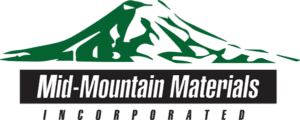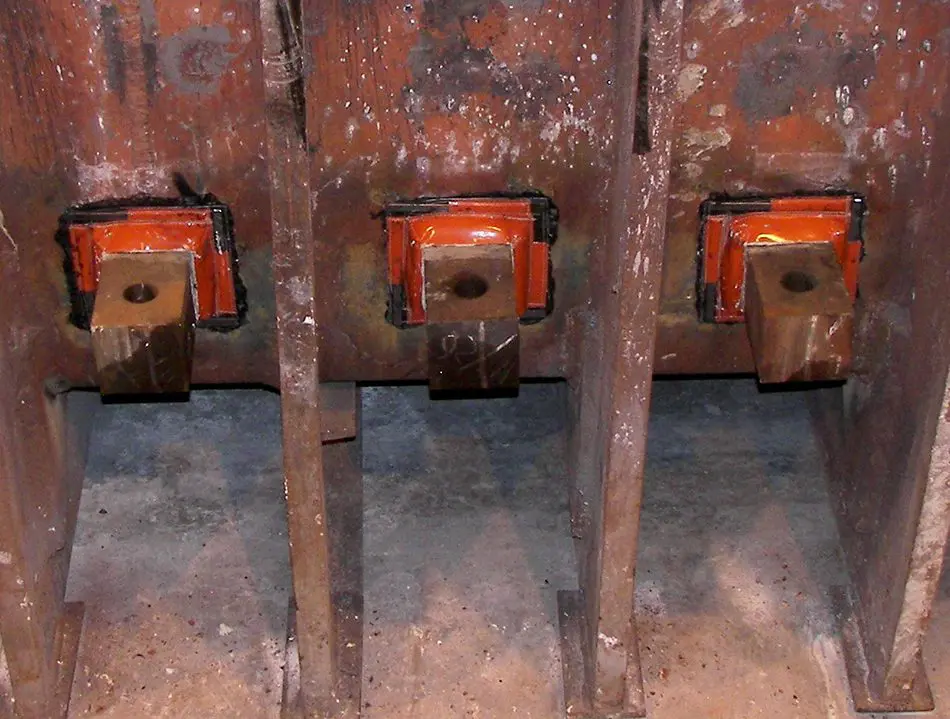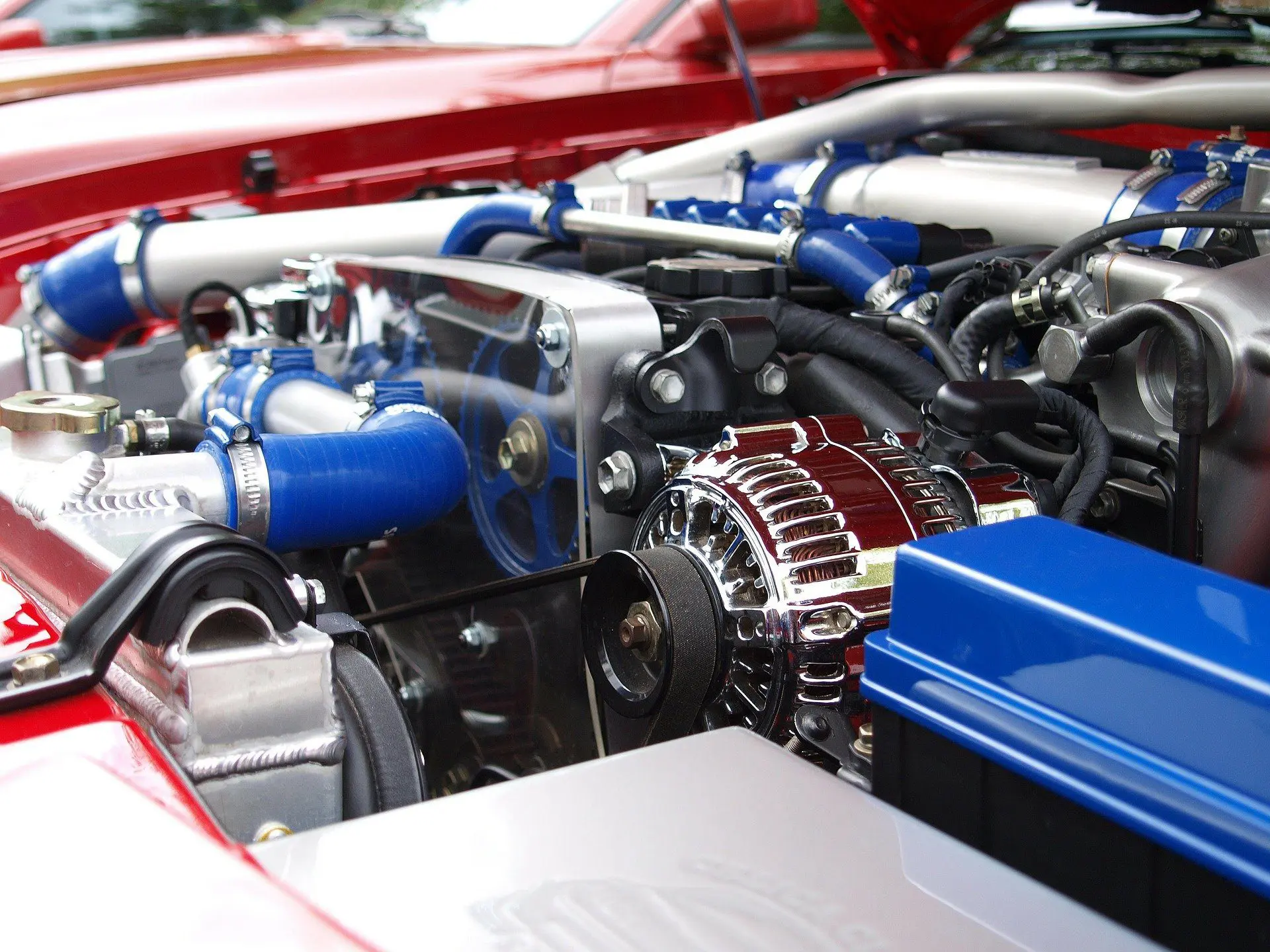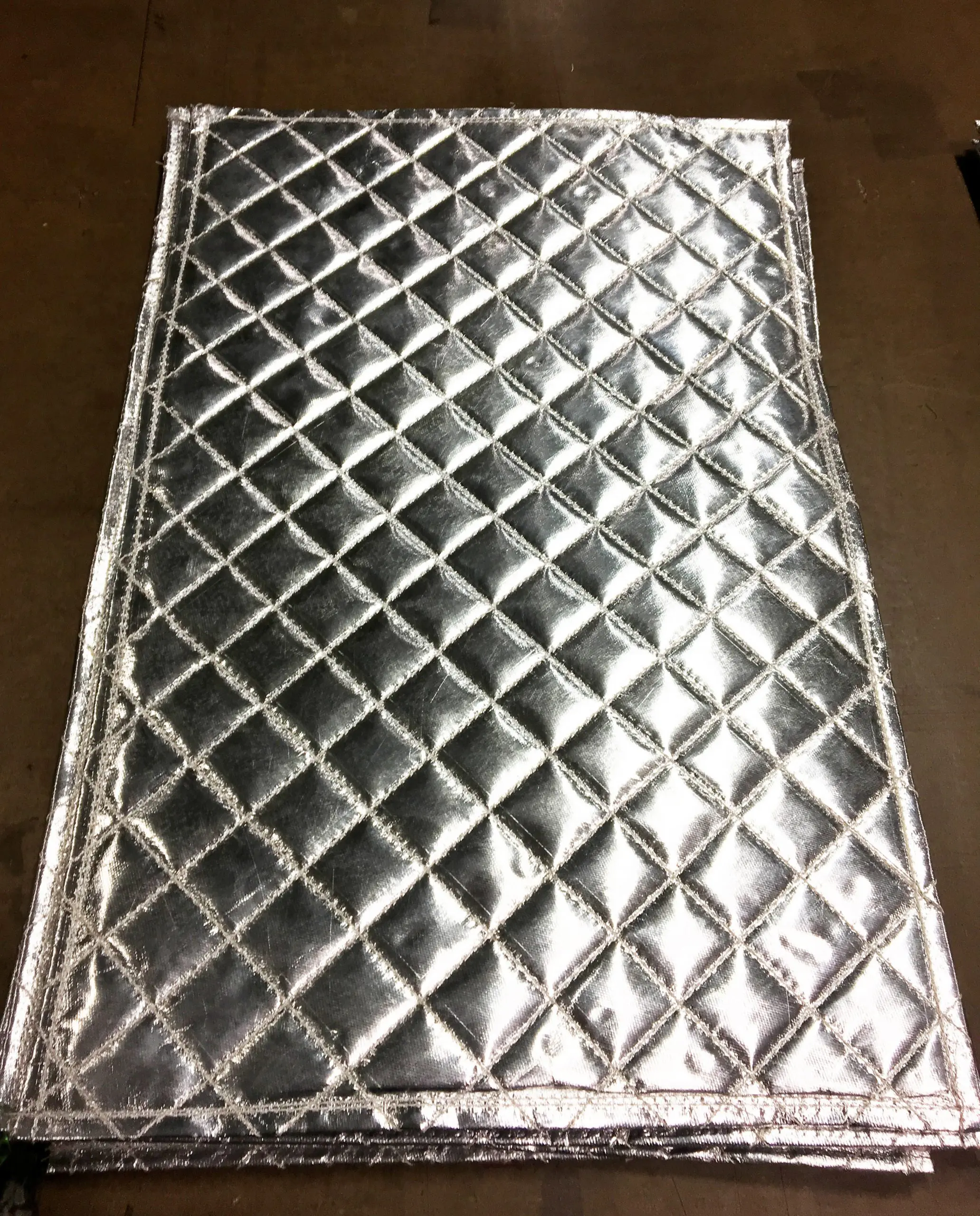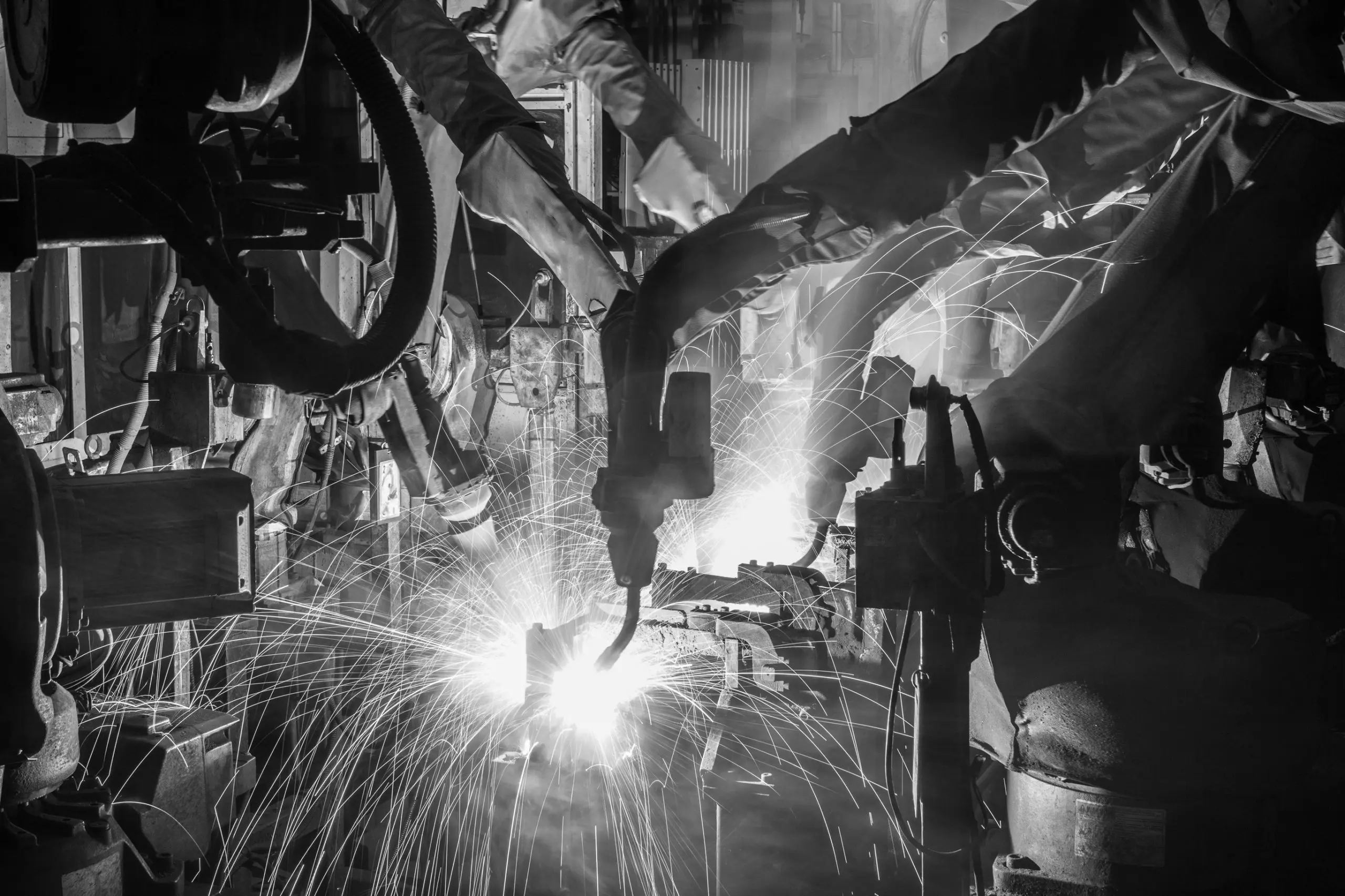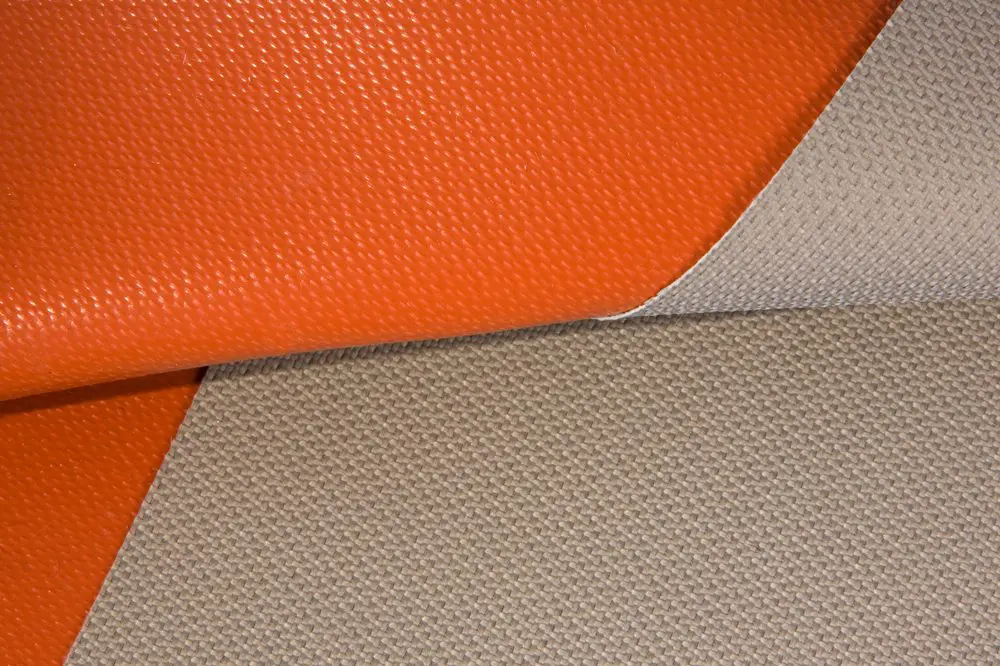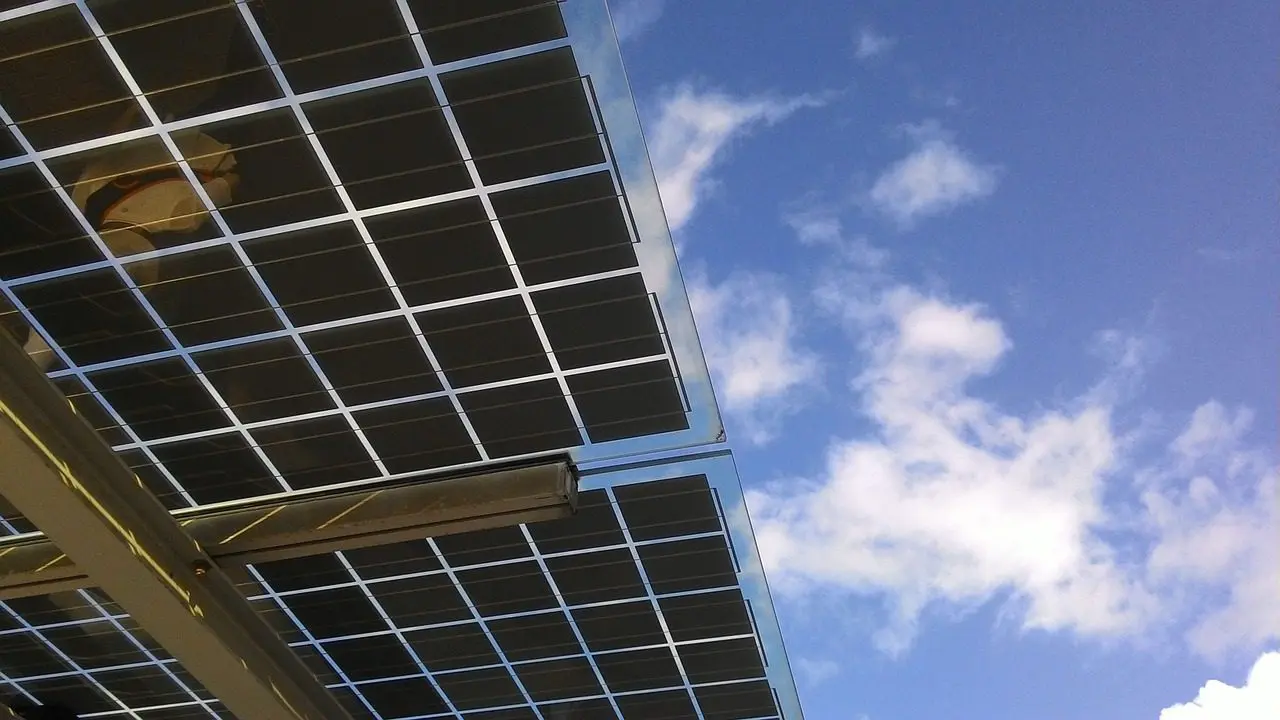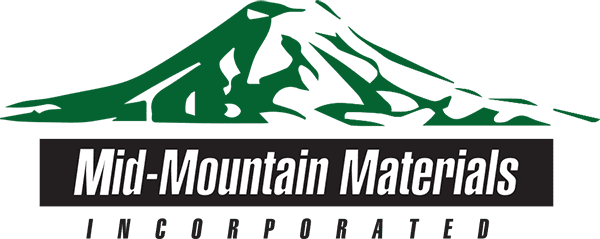High Temperature Seals for Sealing Potlines
Potlines are an integral part of the large-scale production of aluminium. A potline is a row of serially arranged electrolytic cells (typically 100-400) used to produce aluminium. In a potline, the cathode of one cell electrically connects to the anode of the following cell. Challenges of Potlines Thermal losses are one of the biggest challenges [...]
